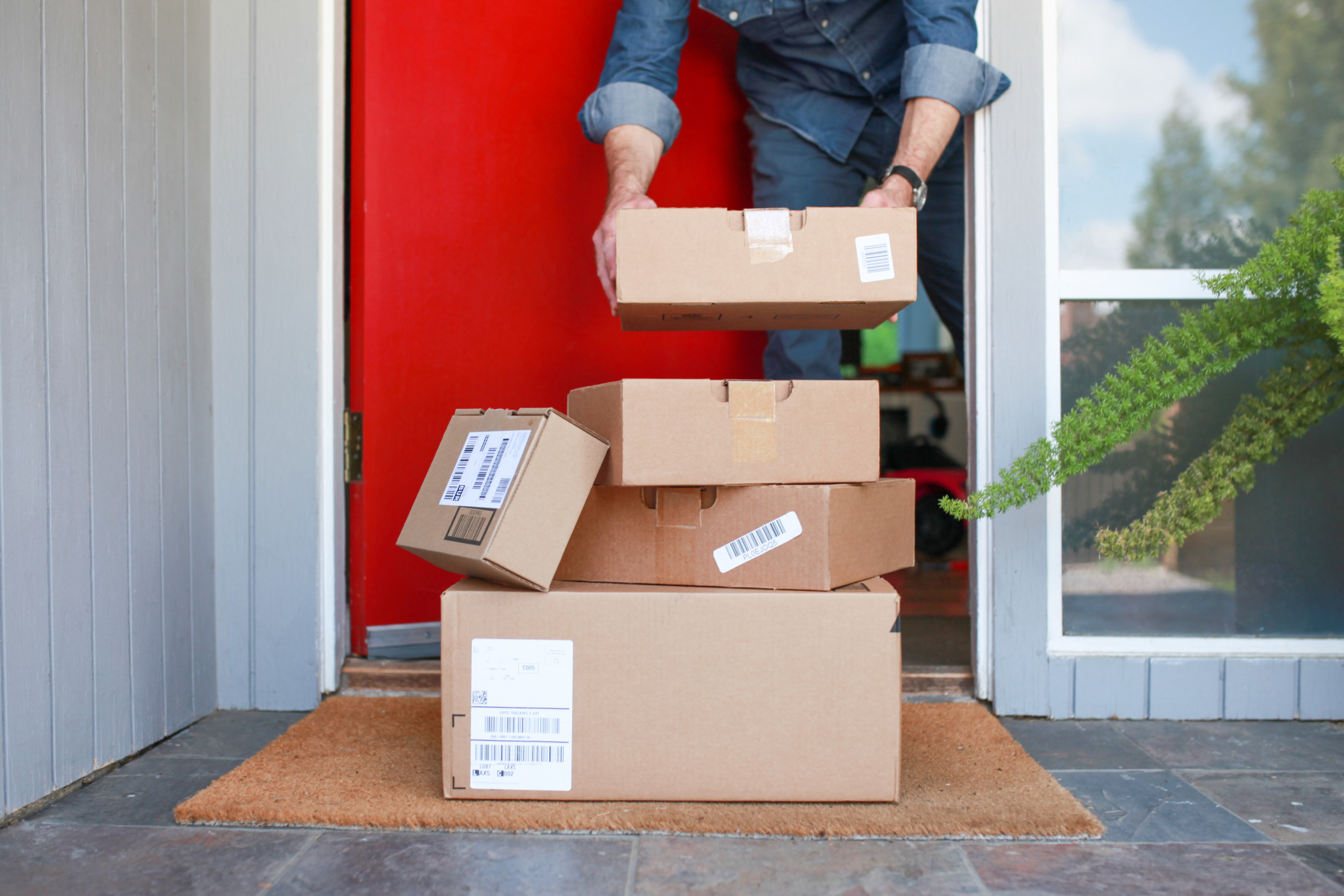Packaging waste creates headaches and heartburn for managers who want to reduce their plant’s costs and manage the environmental footprint. It can be a tough pill to swallow: your facility requires a specific product, and then you find the loading docks piled with packaging waste. Below is a collection of just a few of the more frequently seen types of packaging waste and ideas to get you started in a more financially efficient and sustainable management process for managing packaging waste.
This month we’ll begin with the most popular packaging: cardboard. Over the coming 2-3 months (May – July) we will dive into best practices with three categories of packaging waste. Please weigh in with your experiences and let us know your thoughts.
The key to making the recycling program financially viable (and enduring) is to add the value at the front end, i.e., source separation/segregation. If your plant does the separation, you may be able to offset some / all of the transportation costs and may even realize a small return for your product. Again, size and quality matter. Don’t mix packaging that is not similar in content. For example, keep cardboard separate from the plastic stretch wrap. In the same container, don’t mix PET strapping (blue-green translucent) with Nylon (the black, white, or green fibrous stuff).
I’ve grouped the various types of the packaging together with the goal of generating enough volume to create truckload quantities. This will help minimize transportation costs and is preferred by most capable recycling companies that are not single-source processors, like cardboard plants or mills.
Fiber-based products, including:
- Cardboard / OCC
- Slip-sheets
- Gaylord containers
- Tubes and cores
- Kraft paper
Wood-based pallets and dunnage
- Wood pallets
- Crating
Plastic Dunnage
- Plastic Pallets
- Knockdowns
Rigid Plastic Containers
- HDPE pails and buckets
- Clamshells & trays
Drums and Totes
- Poly drums
- Steel drums
- Fiber drums
- IBC Totes
Flexible Plastics / Films
- Low-density polyethylene (LDPE) films (stretch film)
- Polypropylene supersacks
- Polyethylene (PE) liners
- Nylon strapping
- PET strapping
- Laminated packaging
Cardboard
Beginning with cardboard and other fiber-based product, these are popular and surprisingly valuable products in quantity. If your plant is generating enough, you will want to explore two options: box recycling or a vertical baler.
Box recycling is an often overlooked means to bring significant and sustained revenue to your plant. Certain box sizes are extremely valuable to markets that are more concerned with utility than appearance. For example, single-wall, cap boxes used for bottle enclosures, are used in the apparel business and are worth two to three times more than they otherwise would be if they were baled. All that’s required is some floor space about the size of a wooden pallet and the willingness to break the box down flat; then stack and strap it to the pallet. Contact us for more information.
If box recycling is not an option, then a baler may make more sense. Balers have a relatively small footprint and can turn mountains of boxes into easy to manage bales which are bringing between $150 and $200 per ton as of this writing, in truckload – 20 ton – quantities. Many buyers have “milk runs” that will stop at your plant and collect less than truckload quantities if storage is limited. Limited amounts of slip sheets are also acceptable in the cardboard bale. Check with your recycler or contact us.
Gaylord Containers
“Gaylords,” as they’ve come to be known (or cubic-yard boxes), are essentially large cardboard containers that fit a standard-size pallet and may or may not have a fitting lid and/or poly liner. There are very valuable on the secondary market, and there are always ready buyers for them, again, in truckload or near-truckload quantities. Processing is simple. Like box recycling, simply turn them on their side and fold them down. Stack 10-20 on a pallet, flatten the lids, strap them down and you’re good to go. These bring anywhere from $3 to $10 per box depending on condition, quantity, transportation costs, etc. Gaylords are also a preferred storage and shipping container for the recycling industry too, which makes them a simple matter to sell. They are always in demand.
Tubes & Cores
These are the thick inner rolls on which everything from paper to plastic films are shipped and dispensed. Long a pariah to the recycling business because of the significant amount of glue used to give them their rigidity. These are now, if not welcomed, at least tolerated by most recyclers and paper mill operators. Depending on their length, they can be difficult to bale but can usually be stacked in a Gaylord container.
Kraft paper
This brown paper is often used for everything from an alternative to foam peanuts, layered between sheets of plastic or as a bagging material for dry or powdered products. Here again, in quantity, baling is the preferred management method due to the relatively lightweight of the product. Even some with flexible, poly liners are acceptable to mills that reprocess these into lower value, fiber-based products.
Let us know what’s working for you and how you’ve been able to wrangle these products into your recycling portfolio. Next month, we’ll tackle pallets and rigid plastics.

